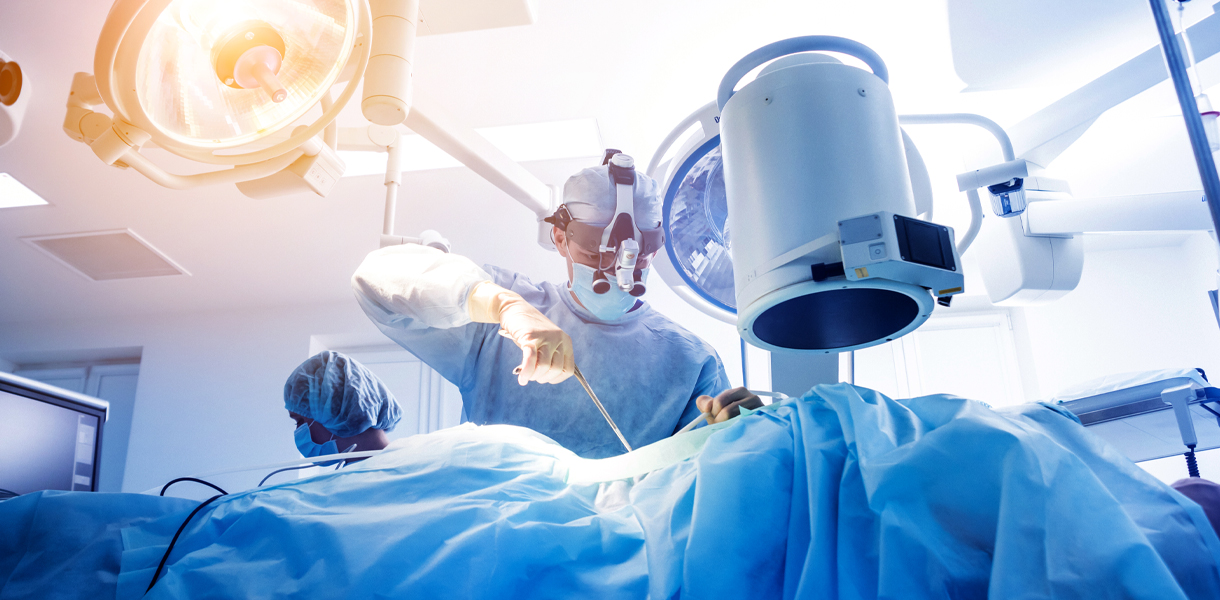
Laser treatment for pilonidal sinus is a minimally invasive procedure used to treat pilonidal sinus disease, a condition where a small tunnel forms under the skin, usually near the tailbone at the top of the buttocks. This tunnel often becomes infected, leading to pain, swelling, and drainage of pus or blood.
A pilonidal sinus is a small cyst or abscess that typically contains hair, dirt, and debris. It occurs when hair penetrates the skin and becomes embedded, causing an inflammatory response. If the sinus becomes infected, it can result in a painful abscess that may require treatment. Pilonidal sinuses are more common in young adults, particularly males, and are often associated with prolonged sitting, excessive hair, and poor hygiene.
Laser treatment for pilonidal sinus involves the use of a focused laser beam to clean the sinus tract and eliminate the infected tissue. The laser energy helps to close off the sinus tract while promoting the healing of the surrounding tissue. This method is less invasive than traditional surgical techniques, which often involve larger incisions and longer recovery times.
The laser treatment for pilonidal sinus is usually performed under local anesthesia, sometimes with sedation. During the procedure, the surgeon inserts a laser fiber into the sinus tract. The laser energy is then used to remove the infected tissue and seal the tract. The entire procedure typically takes less than an hour.
Recovery from laser treatment is generally swift and less painful than conventional surgery. Patients are advised to keep the area clean, avoid prolonged sitting, and follow specific wound care instructions to ensure proper healing. Pain is usually minimal and can be managed with over-the-counter pain relievers. Most patients can return to their regular activities within a few days.
While laser treatment for pilonidal sinus is safe, potential risks include:
Laser treatment for pilonidal sinus is a highly effective and less invasive alternative to
traditional surgical methods. It offers quicker recovery, less pain, and a lower risk of
recurrence, making it an attractive option for those suffering from this condition. With proper
care and follow-up, most patients experience significant relief and an improved quality of life
after the procedure.
Overall, laser treatment provides a modern, efficient solution for managing pilonidal sinus
disease, helping patients recover more quickly and with fewer complications.